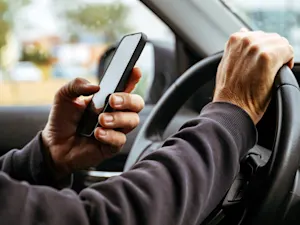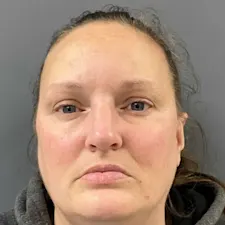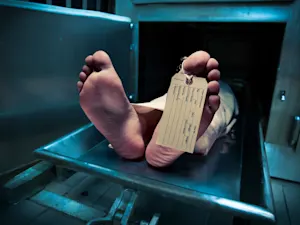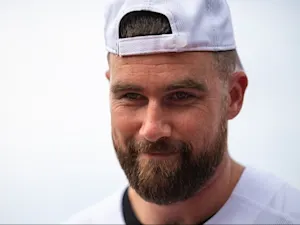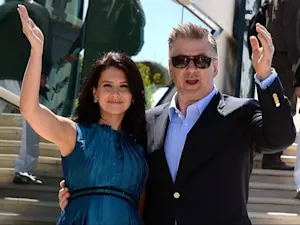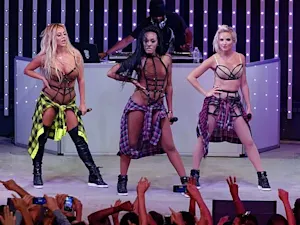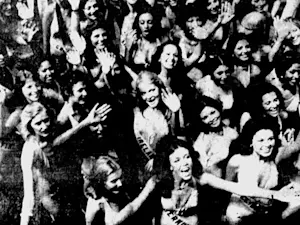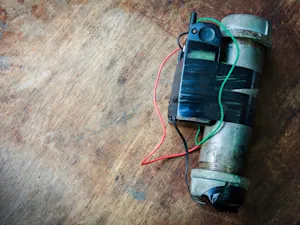
How the Subway Vigilante Stopped NYC in Its Tracks
The Subway Vigilante case remains one of the most controversial and widely debated incidents in New York City's history. The case brought to light issues of crime, self-defense, racial tensions, and gun control. Here are 10 key facts about the case that provide a deeper understanding of its complexities and the impact it had on American society.
1. The Incident
On Dec. 22, 1984, Bernhard Goetz shot four Black teenagers — Barry Allen, Darrell Cabey, Troy Canty, and James Ramseur — on a New York City subway train. Goetz claimed the youths were attempting to mug him.
2. Background
Goetz, born in 1947 in Queens, New York, had a background in electrical and nuclear engineering and ran an electronics business. He began carrying a concealed handgun after being mugged twice.
3. The Shooting
The confrontation began when one of the teens asked Goetz how he was doing and then requested money. Goetz interpreted this as a mugging threat, drew his .38 caliber handgun, and shot the four teenagers. While all the teens survived, Darrell Cabey was paralyzed after being shot in the spinal cord.
4. Public Reaction
The incident sparked a massive public debate about race, crime, and vigilantism. Many New Yorkers, frustrated with the city's high crime rates, viewed Goetz as a hero, while others saw him as a symbol of racial prejudice and excessive violence.
5. Legal Proceedings
Goetz surrendered to authorities on Dec. 31, 1984. Initially indicted on lesser charges, a second grand jury charged him with attempted murder, assault, and illegal weapons possession. However, he was ultimately acquitted of the more serious charges and convicted only of illegal gun possession, serving less than a year in jail.
6. Civil Trial
In 1996, Goetz was sued by Cabey in a civil court. The jury found Goetz acted recklessly and inflicted emotional distress on Cabey, awarding him $43 million in damages. Goetz declared bankruptcy shortly after the verdict.
7. Media Coverage
Dubbed the "Subway Vigilante" by the press, Goetz's case became a media sensation, drawing comparisons to Charles Bronson's vigilante character in the film "Death Wish." His public statements and media appearances further fueled the controversy.
8. Public Opinion Shift
Initially, Goetz was seen by many as a hero, but public opinion shifted after his callous remarks during an interrogation were released, in which he expressed a desire to kill the teenagers.
9. Political and Social Impact
The case highlighted the fear and frustration over crime in New York City during the 1980s, leading to debates over gun control laws, self-defense rights, and racial profiling.
10. Life After the Case
Goetz continued to live in New York City and even ran for mayor in 2001. He has remained a controversial figure, known for his advocacy for squirrels and an arrest in 2013 for selling marijuana. According to Oxygen.com, in a 2017 interview, Goetz stated he had no regrets about the shooting.
The Subway Vigilante case remains a significant chapter in New York City's history, reflecting the complex interplay of crime, race, and justice. Bernhard Goetz's actions and the subsequent legal and public reactions underscore the ongoing debates surrounding self-defense and racial tensions in America.
References: Bernhard Goetz American vigilante | Where Is 'Subway Vigilante' Bernie Goetz, Who Shot Four Black Teens, Now?

